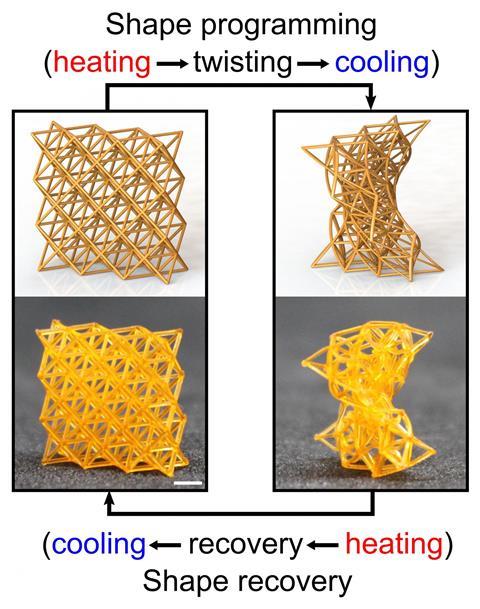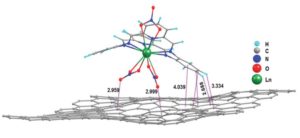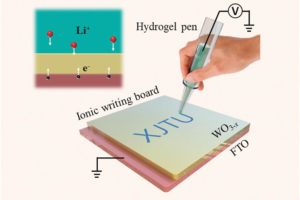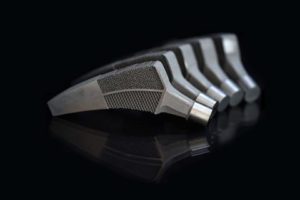We would like to highlight the Outstanding Reviewers for MATERIALS HORIZONS in 2017, as selected by the editorial team, for their significant contribution to the journal. The reviewers have been chosen based on the number, timeliness and quality of the reports completed over the last 12 months.
We would like to say a big thank you to those individuals listed here as well as to all of the reviewers that have supported the journal. Each Outstanding Reviewer will receive a certificate to give recognition for their significant contribution.
Dr Annette Andrieu-Brunsen, Technical University Darmstadt, ORCID: 0000-0002-3850-3047
Dr Chu-Chen Chueh, National Taiwan University, ORCID: 0000-0003-1203-4227
Professor Jonas Croissant, University of New Mexico, ORCID: 0000-0003-0489-9829
Dr Jan Dhont, Forschungszentrum Jülich, Institute of Complex Systems, ORCID: 0000-0003-3122-0586
Dr Kourosh Kalantar-Zadeh, RMIT University, ORCID: 0000-0001-6109-132X
Dr Ying Liu, North Carolina State University, ORCID: 0000-0003-3687-1337
Dr Edmond Ma, Hong Kong Baptist University, ORCID: 0000-0002-1259-2205
Dr Valerio Voliani, Italian Institute of Technology, ORCID: 0000-0003-1311-3349
Dr Zhanhua Wang, Sichuan University, ORCID: 0000-0003-0493-1905
Dr Chao Xie, Hefei University of Technology, ORCID: 0000-0003-4451-767X
We would also like to thank the MATERIALS HORIZONS board and the materials science community for their continued support of the journal, as authors, reviewers and readers.
If you would like to become a reviewer for our journal, just email us with details of your research interests and an up-to-date CV or résumé. You can find more details in our author and reviewer resource centre















